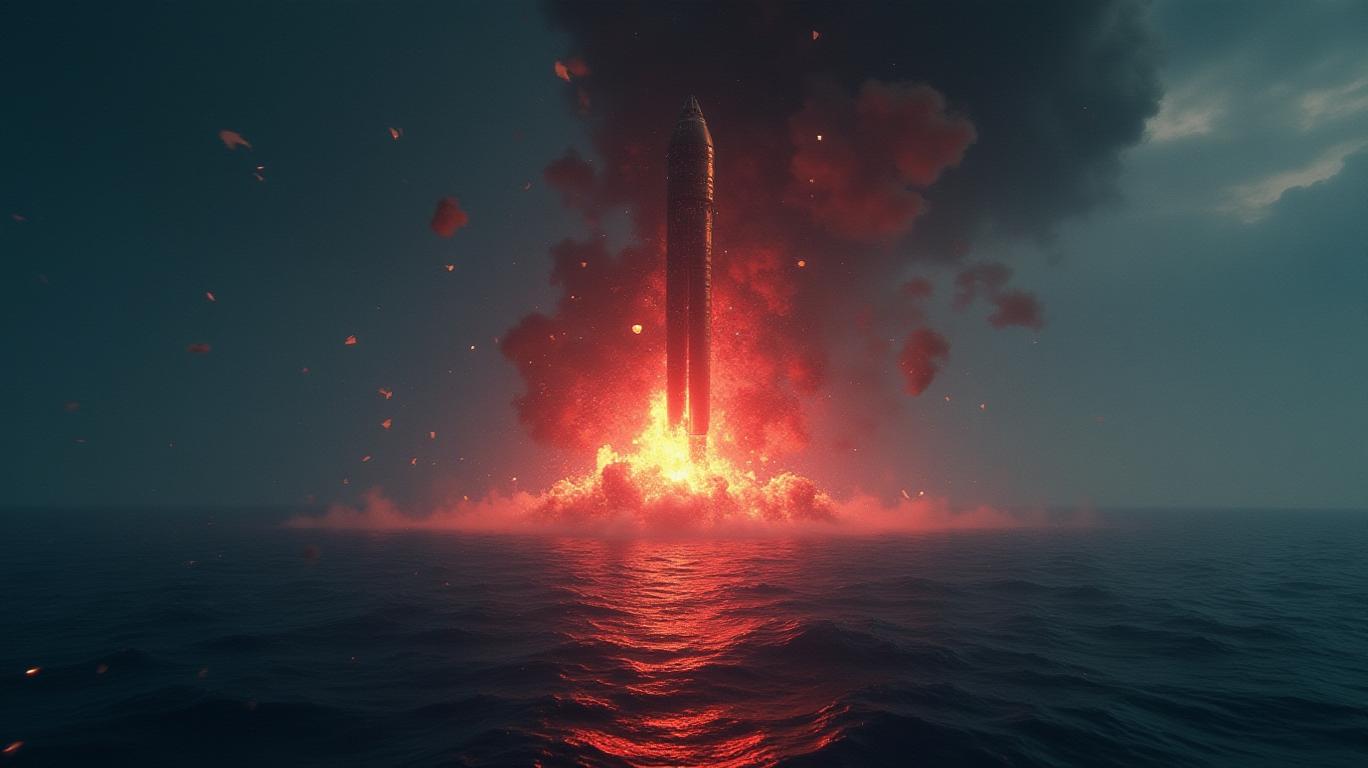AInvest Newsletter
Daily stocks & crypto headlines, free to your inbox
The Soviet-era spacecraft Kosmos 482, a failed
lander launched in 1972, made headlines this week when it reentered Earth’s atmosphere on May 10, 2025, after 53 years in orbit. The event, while seemingly niche, has sparked urgent discussions about space debris management, legal liabilities, and the financial risks posed by humanity’s growing orbital junkyard.
Kosmos 482’s reentry was anything but routine. Designed to survive Venus’s 90-atmosphere pressure, its titanium shell and spherical shape likely allowed it to plunge intact into the Indian Ocean. Dutch researcher Marco Langbroek noted its impact speed would rival a large meteorite—240 km/h (150 mph)—raising fears of debris striking land. While the spacecraft landed harmlessly at sea, its near-miss underscores a critical truth: Earth’s orbit is becoming a minefield.
The ESA estimates 14,240 satellites currently orbit Earth, with 11,400 still operational. Of these, three large debris pieces crash into the atmosphere daily—a number projected to double by 2030 as megaconstellations like Starlink expand.
Kosmos 482’s survival highlights a stark reality: even obsolete hardware can pose risks. A study by the Secure World Foundation warns that a single collision between large debris could cost insurers $1–2 billion and cripple critical communications networks.
Under the 1967 Outer Space Treaty, Russia retains ownership of Kosmos 482’s debris, even if fragments had hit land. This liability framework creates a ticking time bomb for insurers and governments. As space traffic grows, expect pressure to reform liability rules—potentially favoring companies with robust debris mitigation plans.
Kosmos 482’s reentry was a $495 kg object with a 53-year lifespan. The next such event could be a 10-ton defunct rocket stage, or a failing spy satellite. The stakes are clear: without $100 billion in global investment over the next decade to track, remove, and regulate debris, space will become a no-go zone for commercial and scientific missions.
Investors should pivot toward firms leading in debris tracking, cleanup tech, and sustainable launch systems. The era of free-orbit exploitation is ending—those ignoring Kosmos 482’s warning will pay the price.
Data sources: ESA Space Debris Office, Secure World Foundation, ClearSpace, and industry white papers.
Tracking the pulse of global finance, one headline at a time.

Dec.13 2025

Dec.13 2025

Dec.12 2025

Dec.12 2025

Dec.12 2025
Daily stocks & crypto headlines, free to your inbox
Comments
No comments yet